An Introduction to Economics - An Attempt for Entrepreneurs to Navigate the Polluted Waters of Media and Insider`s Markets
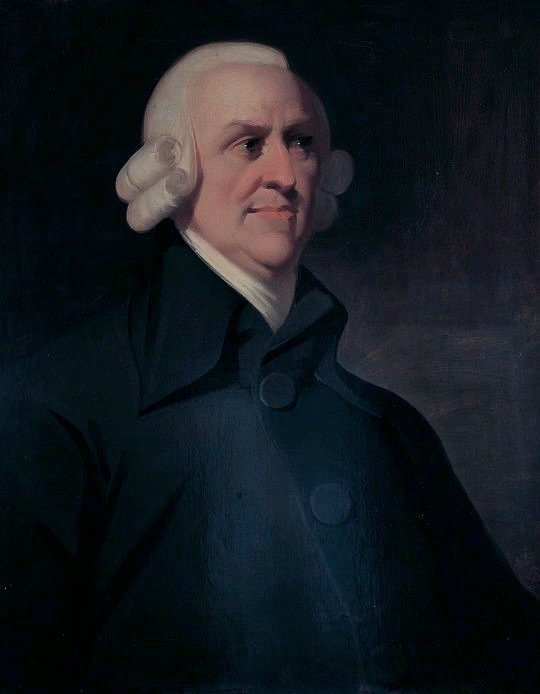
“He generally, indeed, neither intends to promote the public interest, nor knows how much he is promoting it. By … directing that industry in such a manner as its produce may be of the greatest value, he intends only his own gain, and he is in this, as in many other cases, led by an invisible hand to promote an end which was no part of his intention. Nor is it always the worse for the society that it was no part of it. By pursuing his own interest he frequently promotes that of the society more effectually than when he really intends to promote it.”
Adam Smith
An Introduction
In order to understand the Art and Science of Economics – and the most importantly to have a clear vision to navigate through the polluted waters of sea of news, forecasts, reports and politics – we will start analyzing a simple quote that embodies much of an economist`s way of thinking.
Adam Smith, a Scottish Philosopher and a founding figure of modern economics, published “The Wealth of Nations” in 1776 – by coincidence, the same year as the Declaration of Independence was written. Both documents remain as relevant treasures for our civilization.
The reason why I wanted to start off by presenting this quote is to shine light upon the way of thinking behind much of the discussions of policy making and decipher the obscure language of economic data and reports.
Let’s start by reading the quote up-close and explain what really the science of Economics is. By understanding the true mentality and assumptions behind economic arguments, you will be able to focus on what really changes in the world and stay away from what really sells on the media platforms, the show and the hollow theories that are supposed to explain the whole universe.
By saying “he” Adam Smith refers to an economic producer, who “neither intends to promote the public interest, nor knows how much he is promoting”, and this producer he explains by “pursuing his own interest” promotes “that of the society more effectually than when he really intends to promote it”.
What Adam Smith explains here is the concept of “invisible hand”, the market forces, that forces efficiency through competition. These forces that we will discuss in detail had forced producers to compete and adapt, resulting in creation societies with such an abundant material wealth that no other civilization had ever experienced before.
One thing we must absolutely remember here is the word “frequently” in the sentene “he frequently promotes”. One of the most prominent issues with learning economics today is that most people are not taught about the “inefficiencies of the markets” and “negative externalities”. Examples for these could be listed as without any supervision or incentive creation sometimes markets create abundant toxic pollutants or history had showed us that some people had chosen abhorrent ways to create more value through enslaving other people and other forms of forced labor etc.
This is the area where we need to have meaningful inclusive discussions about the concepts of “negative externalities”, “meaning of liberty” and “public policy” with respect to certain values.
All of these issues are still relevant and are important to discuss however in order to be able to understand and discuss these issues we must start with some key terminology and concepts.
What is a Market?
When an economist talks about a Market, he or she references to any place where a group of people buys and sells a particular product or service – a market for phones, a market for stocks or market for oil. The everyday term markets in TV discussions however usually refer to security markets or stock markets around the world.
As an entrepreneur, when you hear the term market, however you should think of the Demand for a service or a product.
What are the market forces – Supply and Demand?
To an economist the economy seems like a network of threads, each interconnected line pushes or pulls something else.
Let’s start with something fundamental, Supply and Demand.
As an example let`s think about the oil market and the recent oil crash.
In a textbook example supply and demand relation the market for crude oil looks something like this:
What happened in 2014 was just a disruption of this curve, after producers had started pumping 2 M+ extra every day. the whole supply curve shifted to the right, setting a new
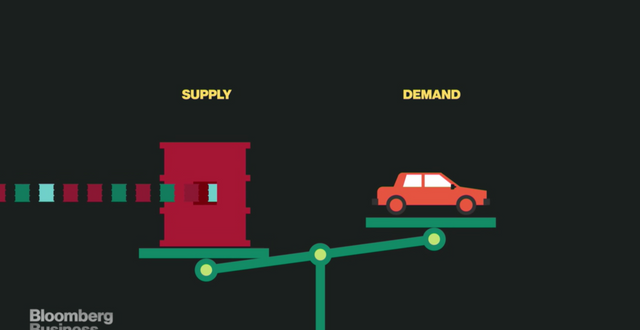
The whole supply curve shifted to the right, setting a new equilibrium where some producers had started not being able to break even.
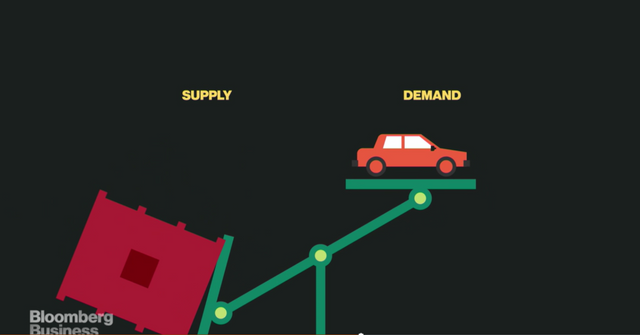
Now that you have an introduction about what economics is and know that most of economic discussions and terminology actually refers to some mathematical relationship or formula, you can start move into further deciphering the language and understand the art and science of economics –
What you need to essentially remember is that different technologies, investments and news can tilt the balance on the scale of supply and demand yet it is up to you to learn, adapt and practice common sense to understand the real balance breaking developments happening in the world.
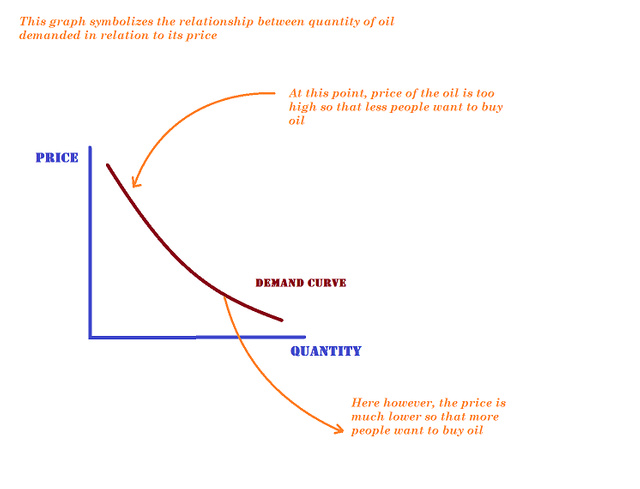
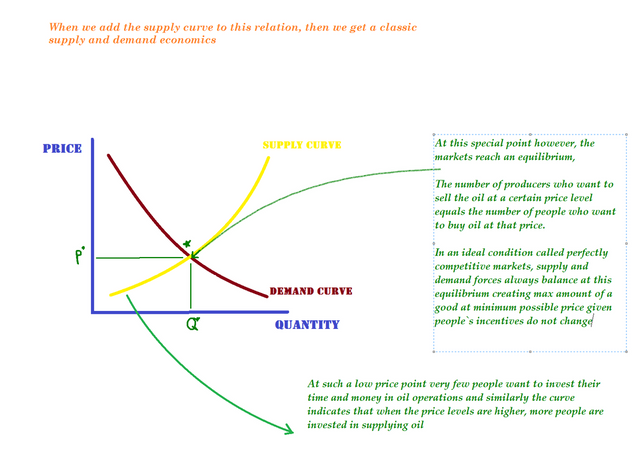
Congratulations @ccbison! You have received a personal award!
Click on the badge to view your Board of Honor.
Downvoting a post can decrease pending rewards and make it less visible. Common reasons:
Submit
Congratulations @ccbison! You received a personal award!
You can view your badges on your Steem Board and compare to others on the Steem Ranking
Vote for @Steemitboard as a witness to get one more award and increased upvotes!
Downvoting a post can decrease pending rewards and make it less visible. Common reasons:
Submit